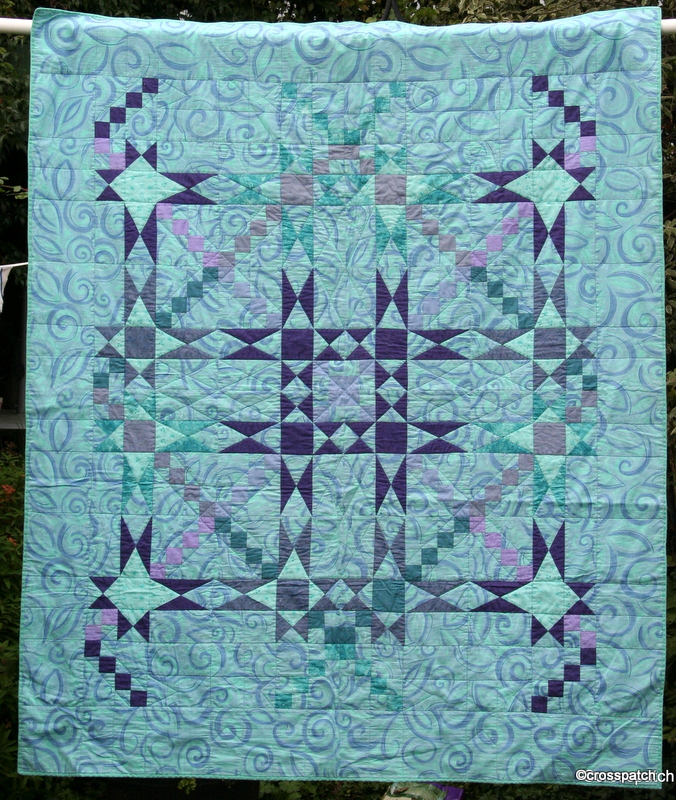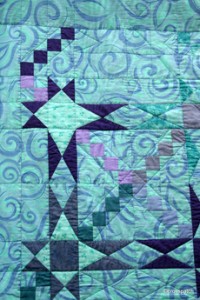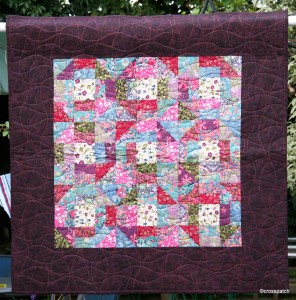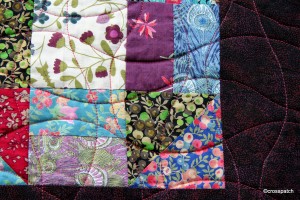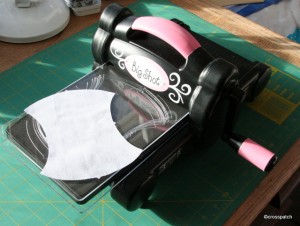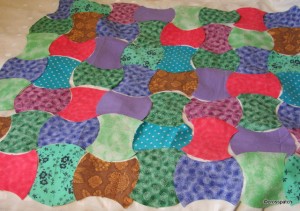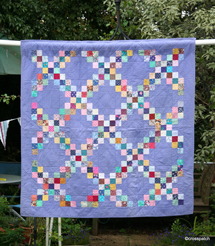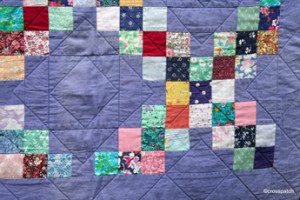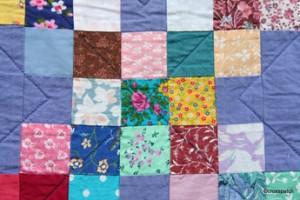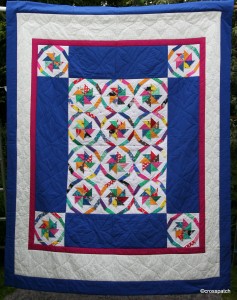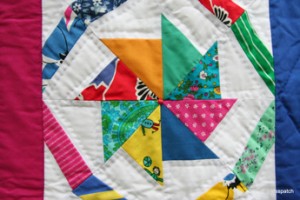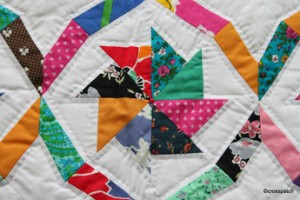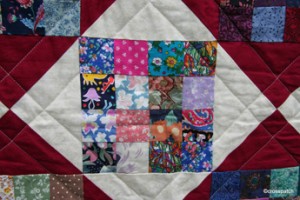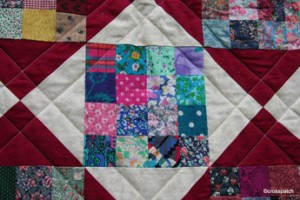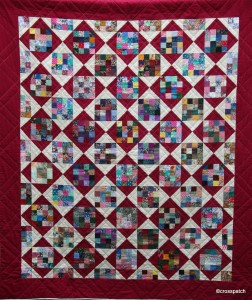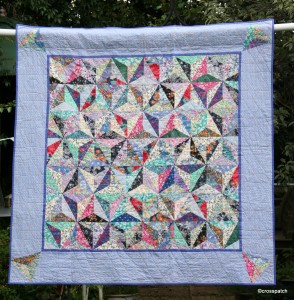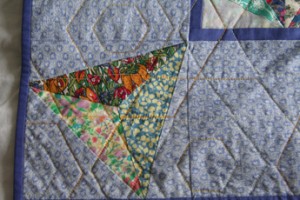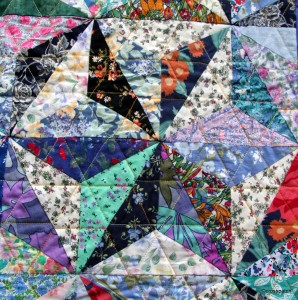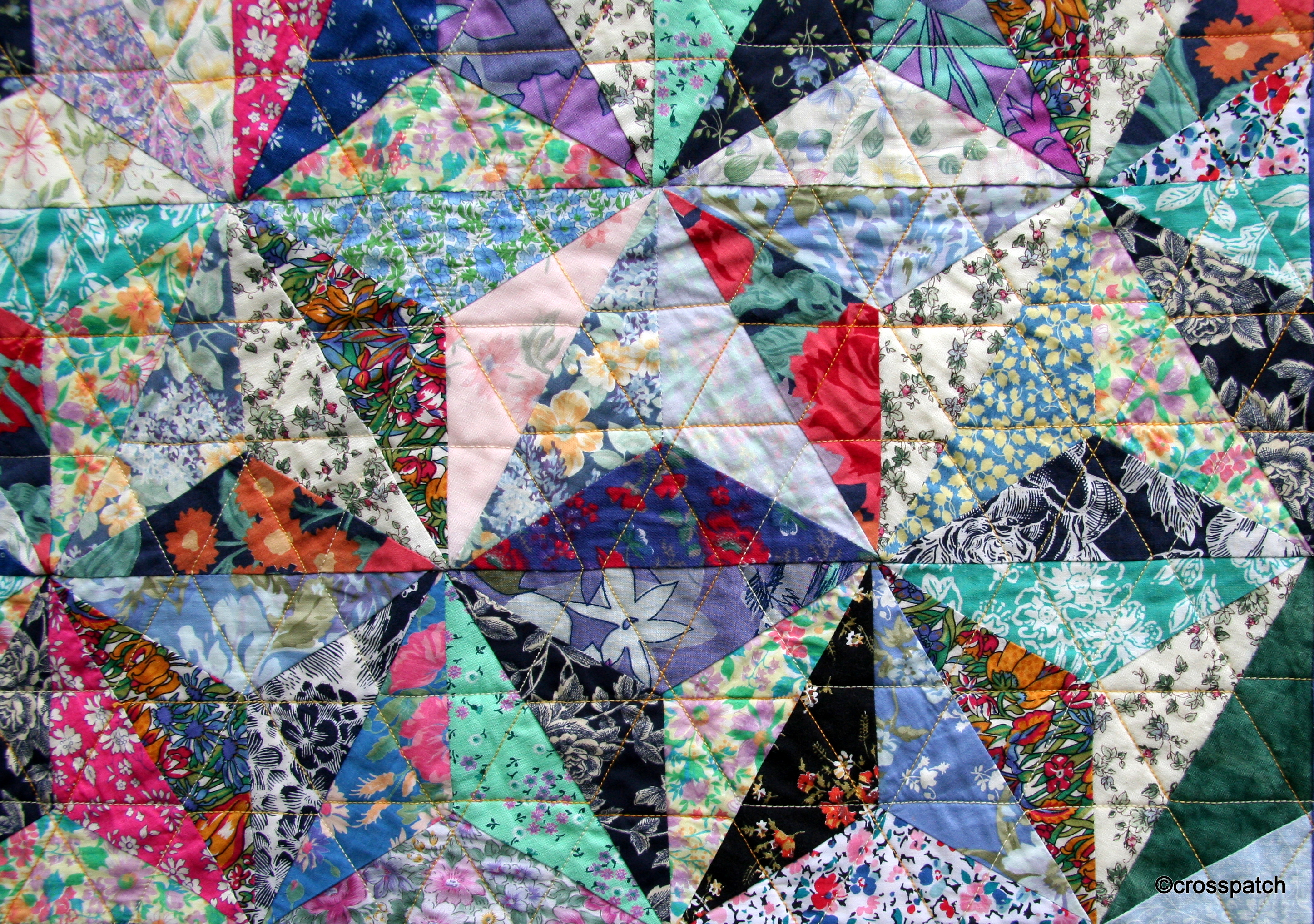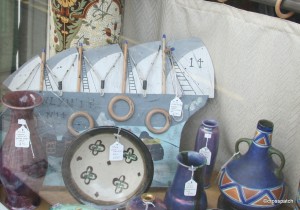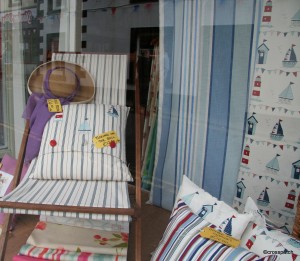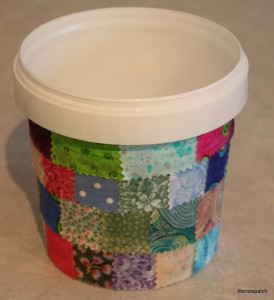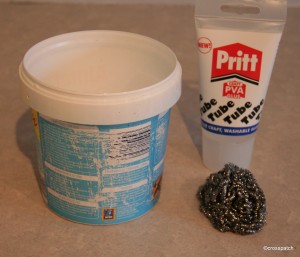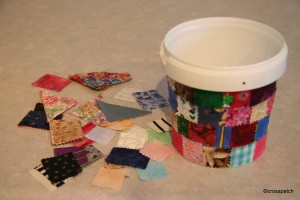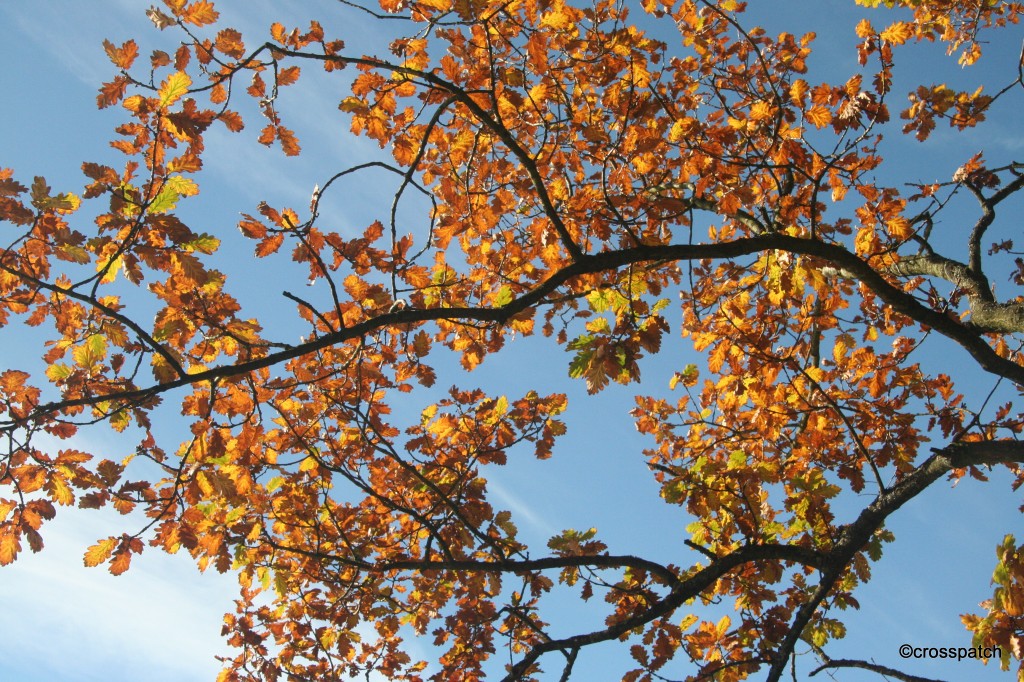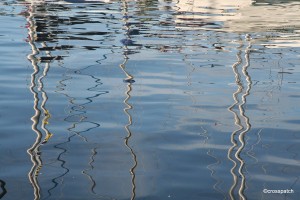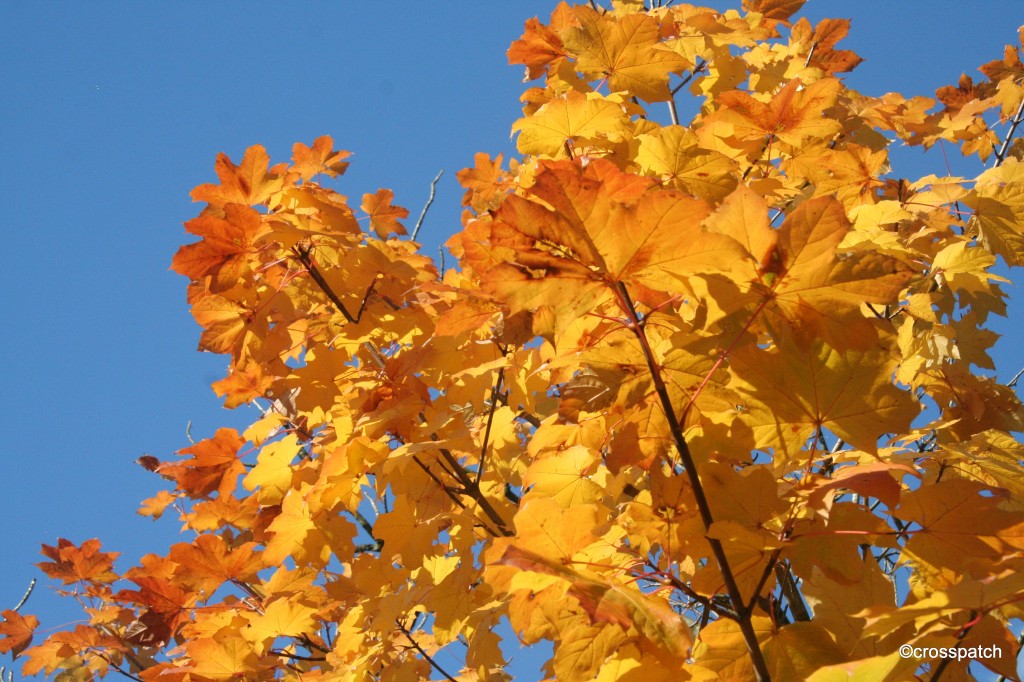Here’s an idea for a quick quilt to match your bedroom décor. This quilt was made by my mother for her granddaughter, my sister’s daughter. Sally had recently repainted her bedroom and her mother had bought her new bedding to tone in with the Lavender walls. Her old quilt no longer fitted in with this new colour scheme, and a new quilt was required.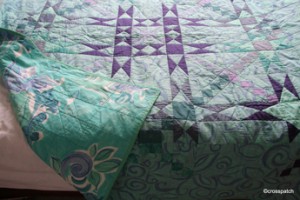
My mother, went back to the shop where the bedding had been bought and bought a king size duvet cover in the same pattern, one side had very large cabbage roses printed on it, not suitable for cutting into small pieces, so that side would be used for the backing, the other side an easier fabric to cut up being an all over swirling pattern.
Using small amounts of toning fabric, a paler green Broderie Anglaise, bright and greyed Lavenders, dark Blue, and Teal green, with large amounts of the duvet fabric in an oversized 18inch block, she achieved a pattern apparently floating in space.
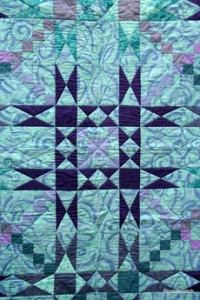
I have been looking at the photographs trying to see where the block begins and ends. I think it’s an asymmetric 4 patch block, 4 of which are placed in the centre of the quilt each one rotated 90 degrees from its neighbour. There’s an extra half block strip top and bottom to make the quilt rectangular.It was a lovely quilt when it was made, and a great idea for making a quilt to tone in with an existing décor.
The bedding was polycotton and has long since worn out and been made into dusters, and the quilt, although still in existence, up close has the appearance of worn poly fabrics, stray fibres pilling across surface. I think I could shave them off with a safety razor to improve the appearance, but to be honest I like the fact that it shows wear and tear, it is what it is, and sometimes when well used quilts are a little tatty, they invite further use. No longer preciously perfect, they can be used, thrown about, even sicked on without conscience, and enjoyed.
When I see a quilt which has lived it’s life packed away in a drawer kept for best, or for a wedding day which never happened, I feel sorry that someone’s handiwork lost its purpose, and the point of its making was missed. Quilts are for using, and enjoying, signs of wear are badges of honour for a quilt.

